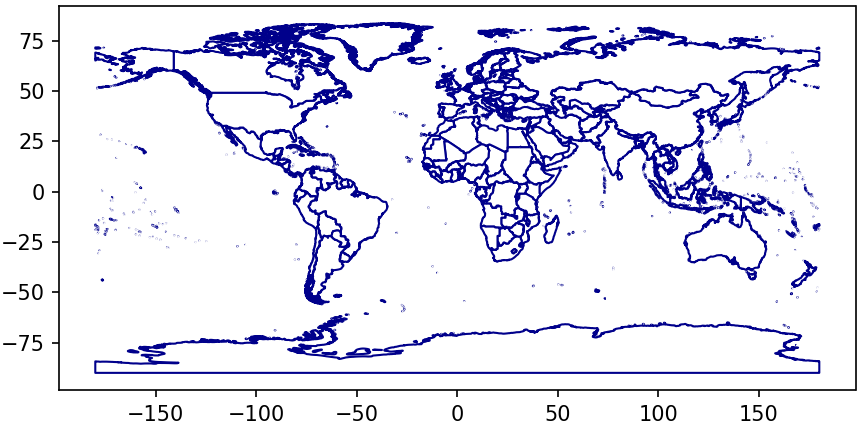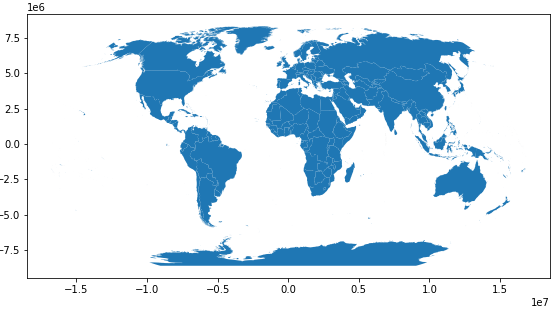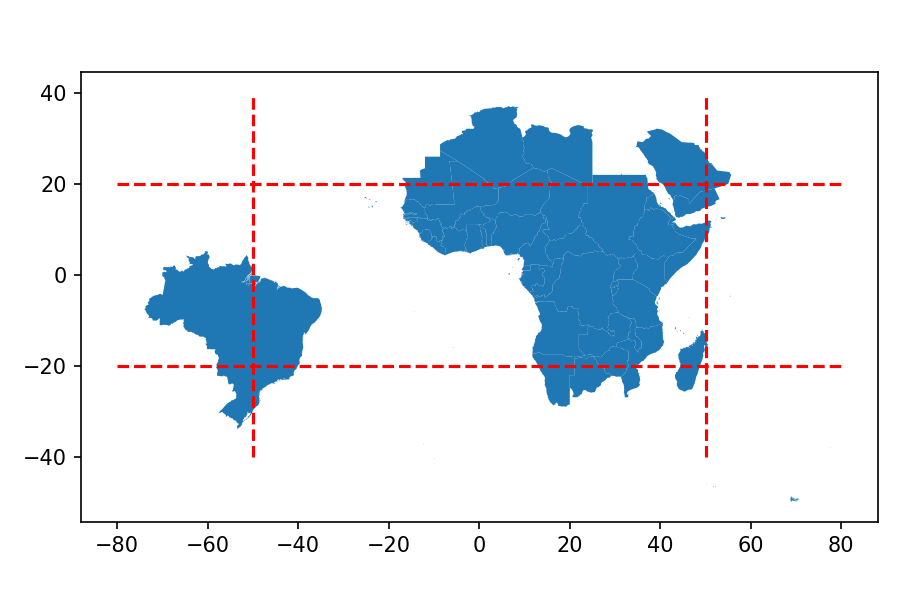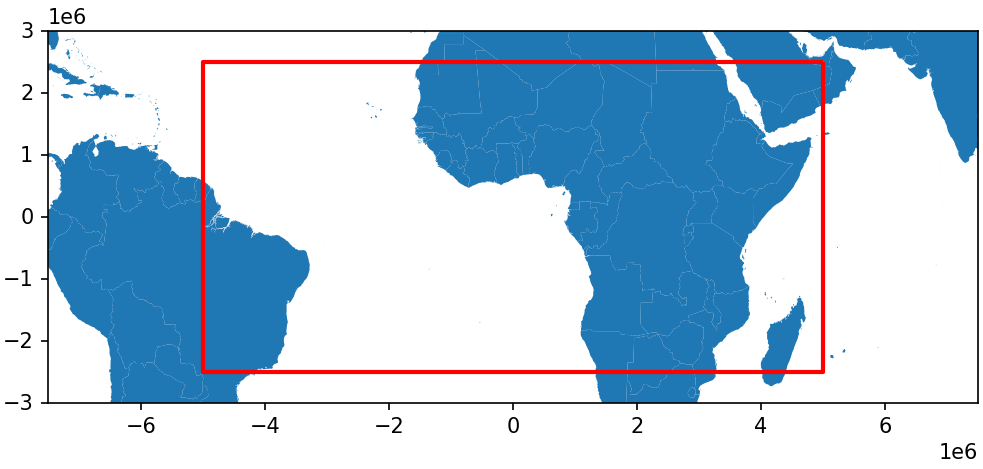Geopandas
Jon Reades - j.reades@ucl.ac.uk
1st October 2025
Pandas Learns about Maps
Geopandas
‘Geospatial Pandas’ provides a set of tools for working with geo-data in a pandas-like way. See: GeoPandas.org and Read the Docs.
PySAL
The Python Spatial Analysis Library provides an array of tools for performing spatial analysis. Now uses geo-pandas as default data structure. See: PySAL.org and Read the Docs.
Moving Pandas
A newer library that builds on Geopandas to offer movement analysis tools.
Basic Functionality
Reading & Writing
Supported file formats:
| Type | Extension | Notes |
|---|---|---|
| Shape | .shp (etc.) |
Maximum compatibility |
| Zip | .zip |
For use with Shapefiles |
| GeoPackage | .gpkg |
Good default choice |
| GeoJSON | .geojson |
For web mapping |
| WKT | .txt |
Plain-text & SQL |
| GeoParquet | .geoparquet |
Good for large data sets & SQL |
Additionally, it is possible to read only subsets of the data using row, column, geometry, and bbox filters.
Reading (Remote Files)
Again, depending on file size you may want to save these locally, but…
Writing (Local Files)
Write any OGR-supported vector drivers.
Data Structures
GeoPandas does all this by adding just two new classes:
In principle, a GeoSeries can contain multiple geo-data types, but in practice you’ll want to be one of the following shapely classes:
- Points / Multi-Points
- Lines / Multi-Lines
- Polygons / Multi-Polygons
Consider
Recall that we can ask if a particular object is an instance of any given class:
Prints: False, True, True.
Also prints: False, True, True.
Projections
Depending on your data source, you may or may not have projection information attached to your GeoDataFrame:
outputs epsg:4326, but:
outputs:
<Geographic 2D CRS: EPSG:4326>
Name: WGS 84
Axis Info [ellipsoidal]:
- Lat[north]: Geodetic latitude (degree)
- Lon[east]: Geodetic longitude (degree)
Area of Use:
- name: World
- bounds: (-180.0, -90.0, 180.0, 90.0)
Datum: World Geodetic System 1984
- Ellipsoid: WGS 84
- Prime Meridian: GreenwichFinding Projections
You’ll have already covered this in GIS, but you can find nearly any EPSG you might need at epsg.io. By far the most commonly-used here are:
- EPSG:4326 for the World Geodetic System 84 used in GPS.
- EPSG:27700 for OSGB 1936/British National Grid used in the UK.
Note: recall that large territories (such as Canada, China and Russia) may well have multiple projections at the state of provincial level.
Reprojection
For data sets without projection information (i.e. often anything loaded from a shapefile) you must gdf.set_crs(<spec>). For all others you should gdf.to_crs(<spec>).
The Spatial Index
We can use GeoSeries’ spatial index directly to perform simple spatial queries:
Attributes
A GeoSeries has attributes like any other Series, but also includes some spatially-specifc ones:
area— if a polygonbounds— for each featuretotal_bounds— for each GeoSeriesgeom_type— if you don’t already knowis_valid— if you need to test
Methods
Additional GeoSeries methods include:
distance()— returnsSeriesmeasuring distances to some other feature (called as:<GeoSeries>.distance(<feature>))centroid— returnsGeoSeriesof strict centroids (called as:<GeoSeries>.centroid)representative_point()— returnsGeoSeriesof points within featuresto_crs()andplot(), which you’ve already seen.
Relationship Tests
Simple geographical tests:
geom_almost_equals()— tries to deal with rounding issues when comparing two features.contains()— is shape contained within some other features.intersects()— does shape intersect some other features.
Point Data
Converting Non-Spatial Data 1
Lat/Long and Northing/Easting benefit from a helper function gpd.points_from_xy():
CSV to Points in 3 Lines!1
Converting Non-Spatial Data 2
Other feature types need to be in some kind of regular format such as Well-Known Text (WKT), GeoJSON, or something readable as a Shapely geometry.
from shapely import wkt
# Notice coordinate pairs and last point is same as first one
bbox = 'POLYGON((5000000.0 2500000.0, 5000000.0 -2500000.0, -5000000.0 -2500000.0, -5000000.0 2500000.0, 5000000.0 2500000.0))'
# Create GeoPandas from dict just like Pandas
bgdf = gpd.GeoDataFrame({'id':[0], 'coordinates':bbox})
# Turn it into a geometry
bgdf['geometry'] = bgdf.coordinates.apply(wkt.loads)
bgdf = bgdf.set_crs('ESRI:54030')
bgdf.plot() # Not very interesting but...




